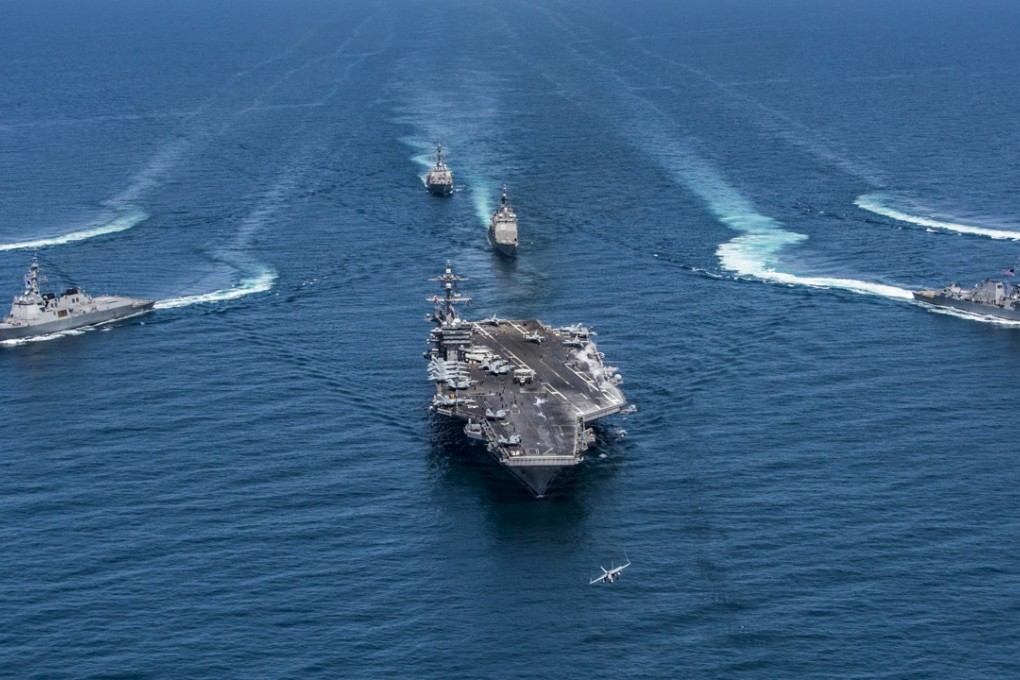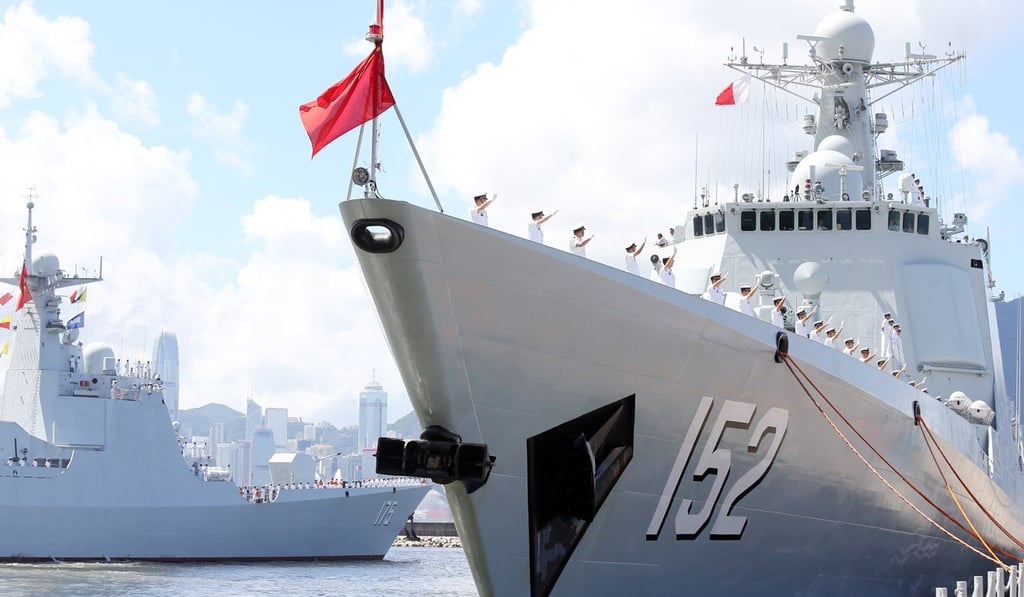Trump signs off on plan to allow US Navy more freedom to patrol in South China Sea, report says
Operations in disputed waters could become ‘very regular, very routine’, Breitbart News quotes US official as saying

US President Donald Trump has reportedly approved a plan to give the United States Navy more freedom to carry out patrols in the South China Sea – a move analysts say will add to uncertainties over Sino-US relations and regional security issues.
The plan, submitted to the White House in April by Defence Secretary Jim Mattis, outlines a full-year schedule of when US navy ships will sail through contested waters in the South China Sea, the far-right Breitbart News website cited a US official as saying yesterday.
Such a move could be seen as a challenge to China’s maritime claims in the disputed waters.

The White House would be aware of all planned “freedom of navigation operations” so it would not be “a surprise” when requests came up the chain of command, and they would be approved faster than before, the official said.